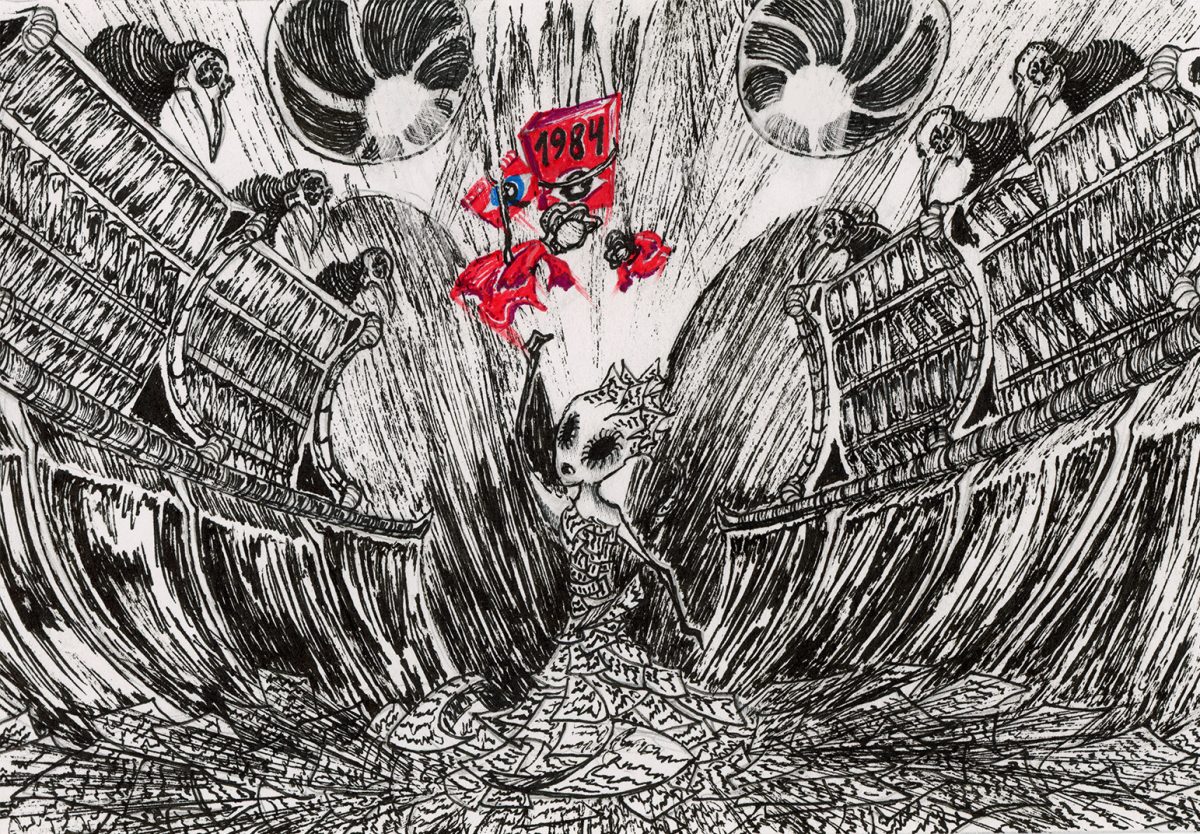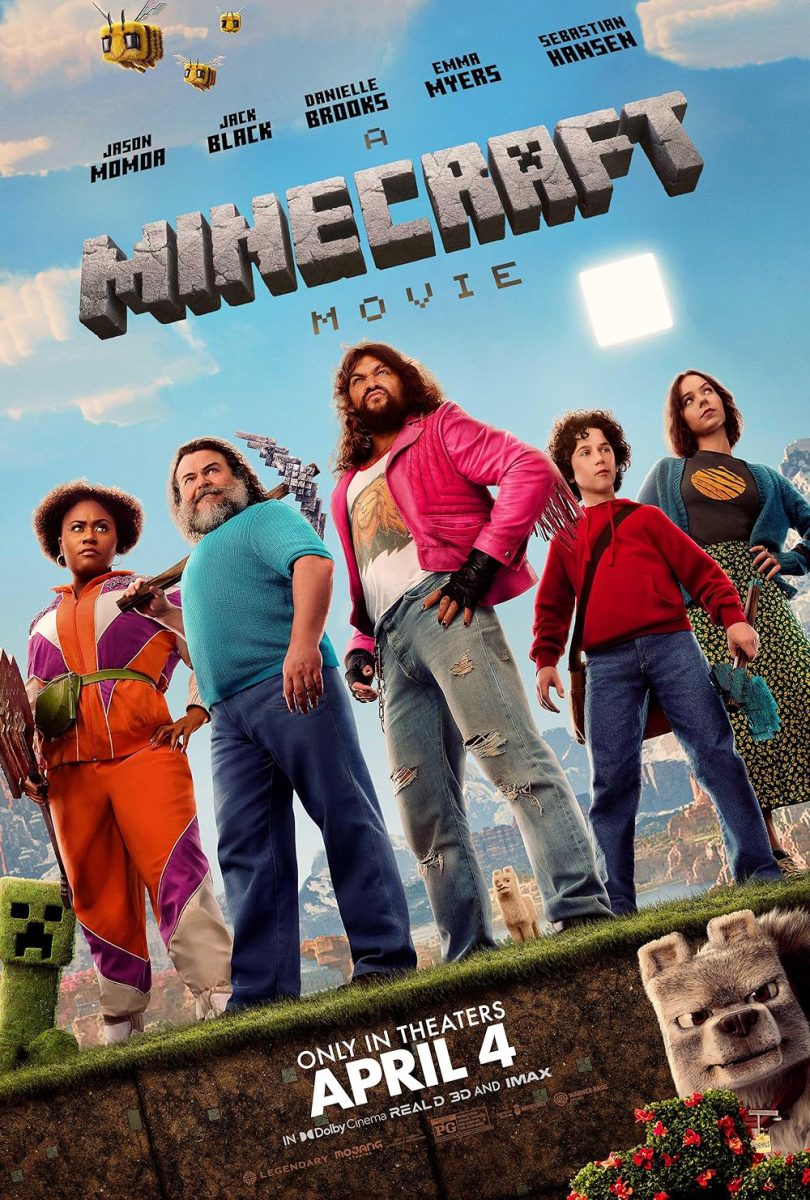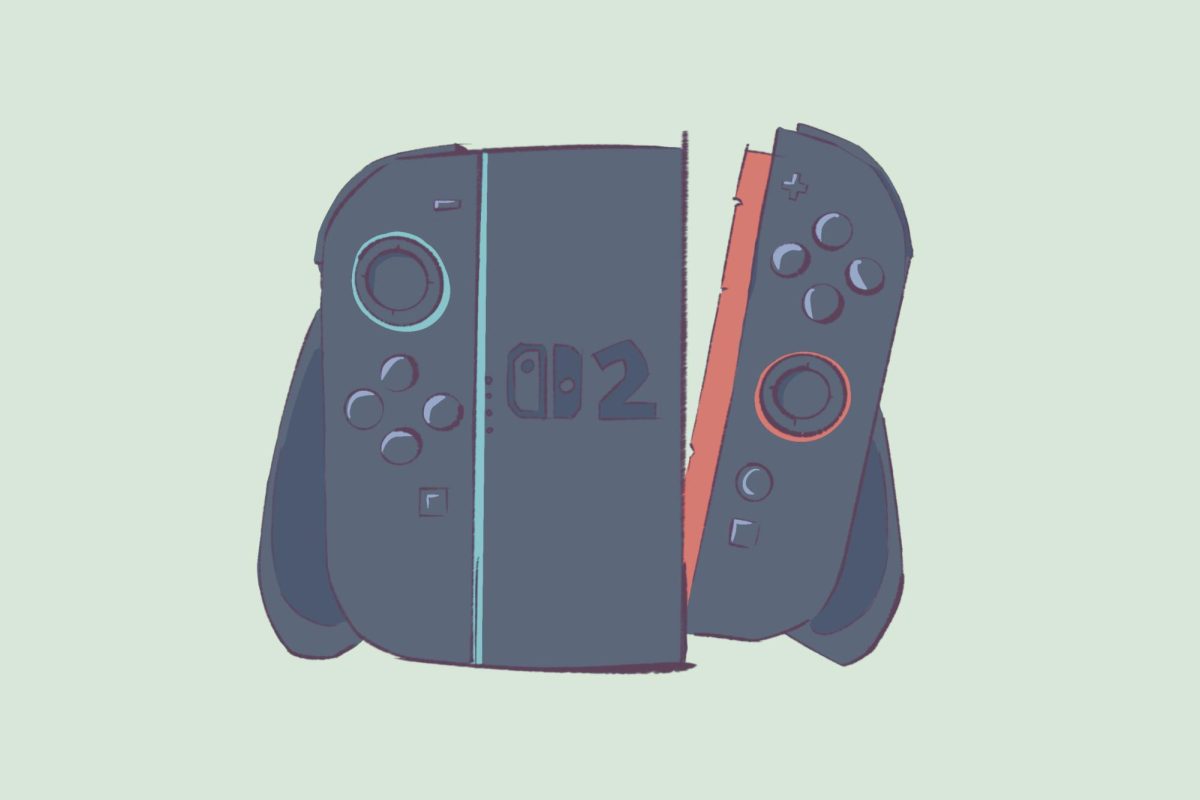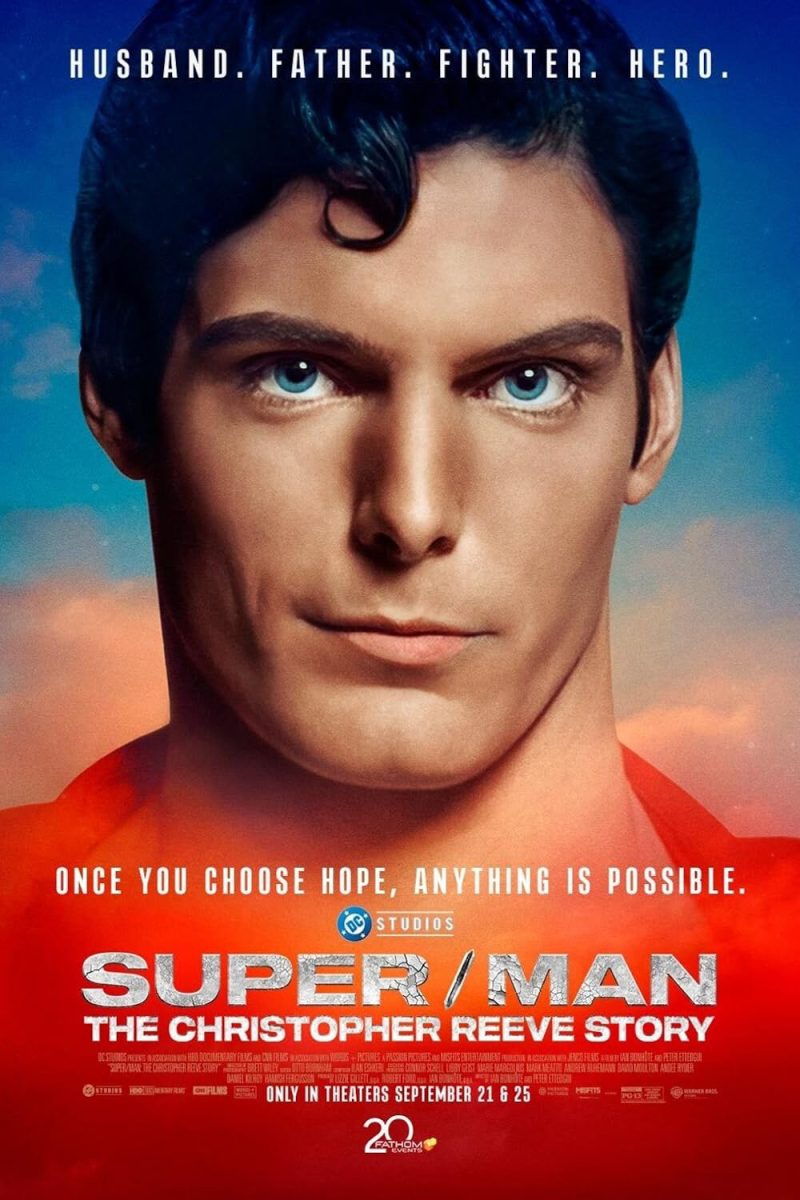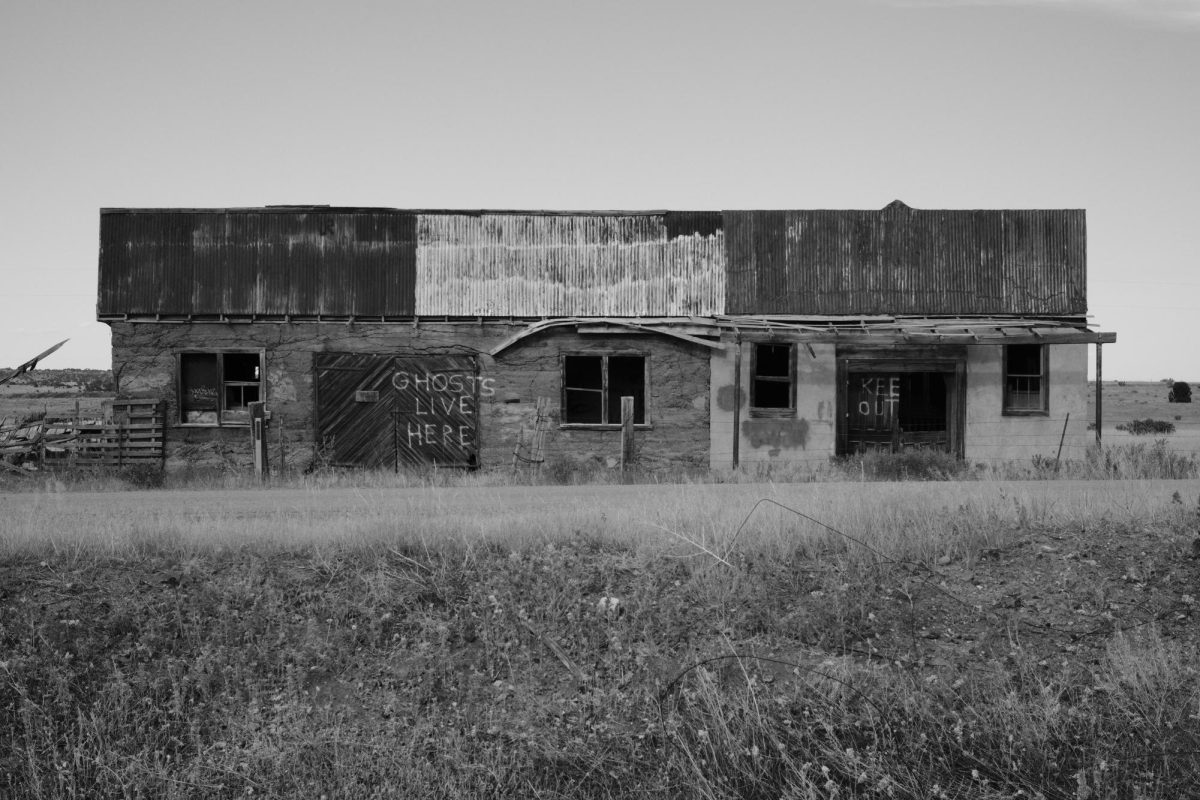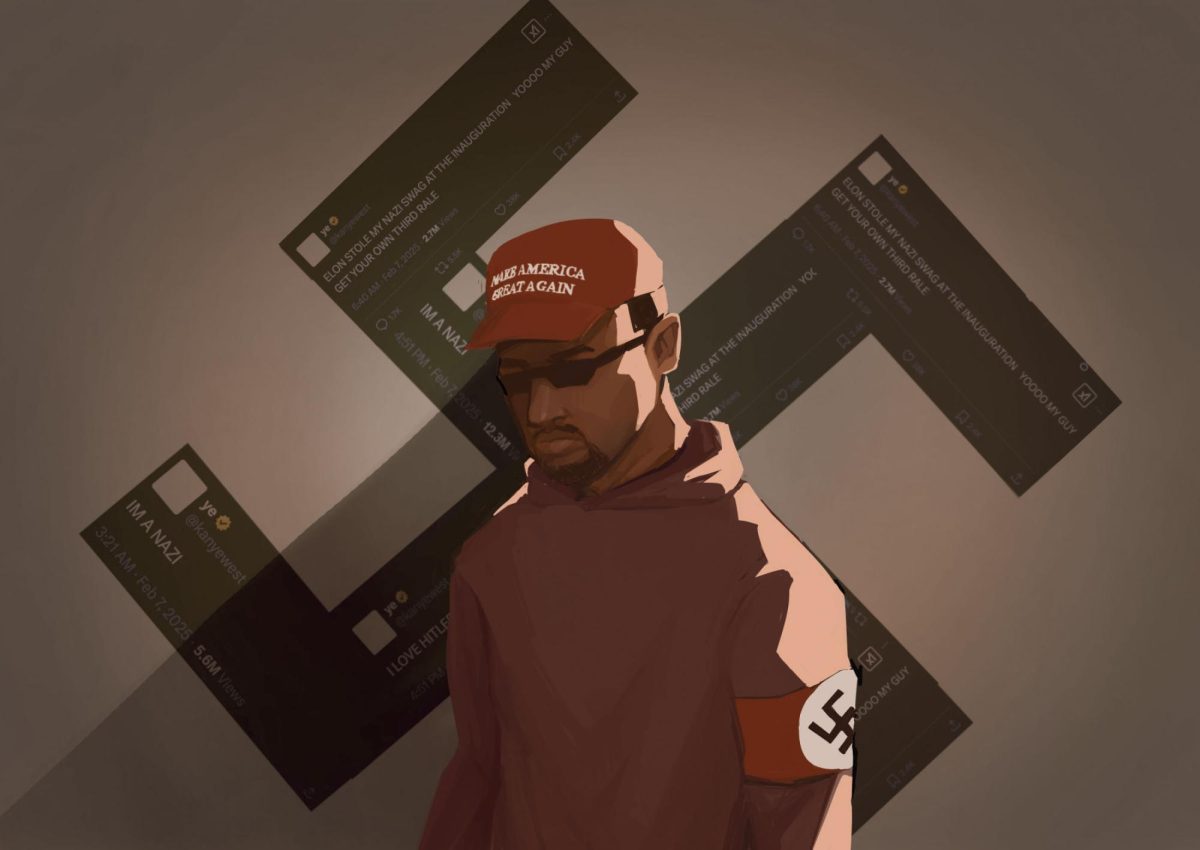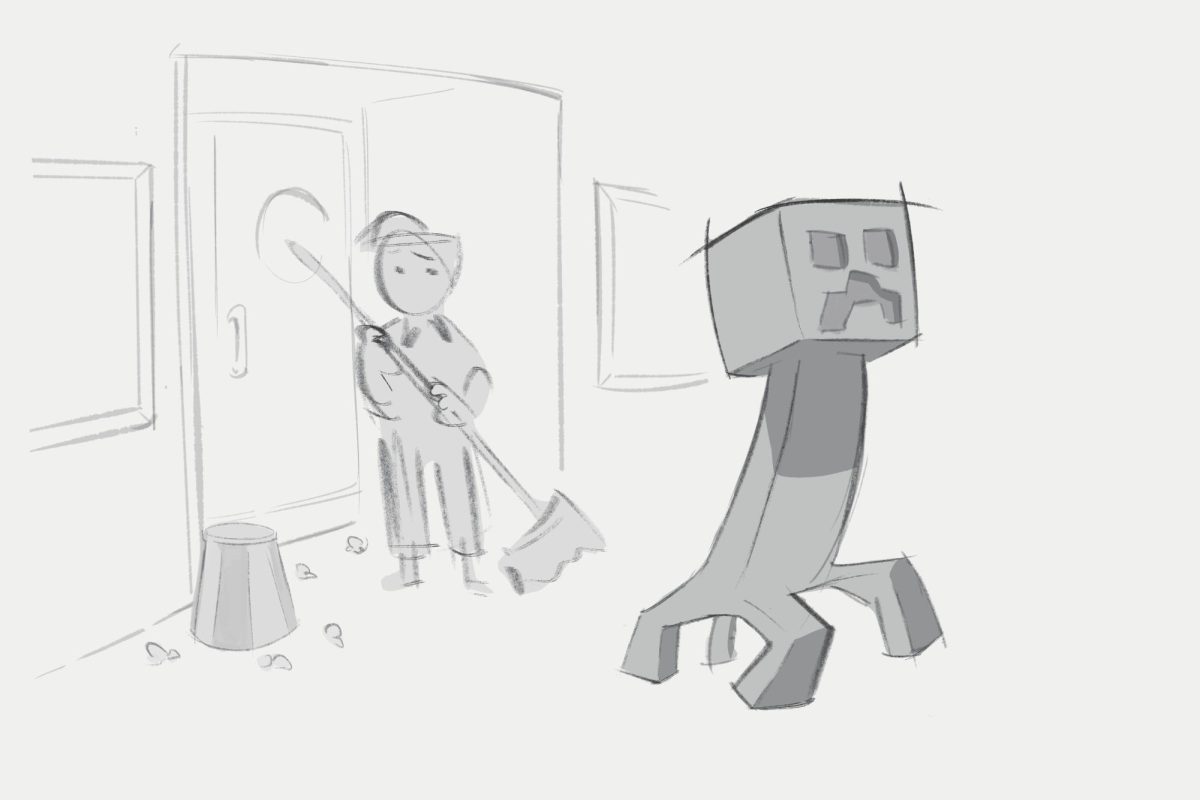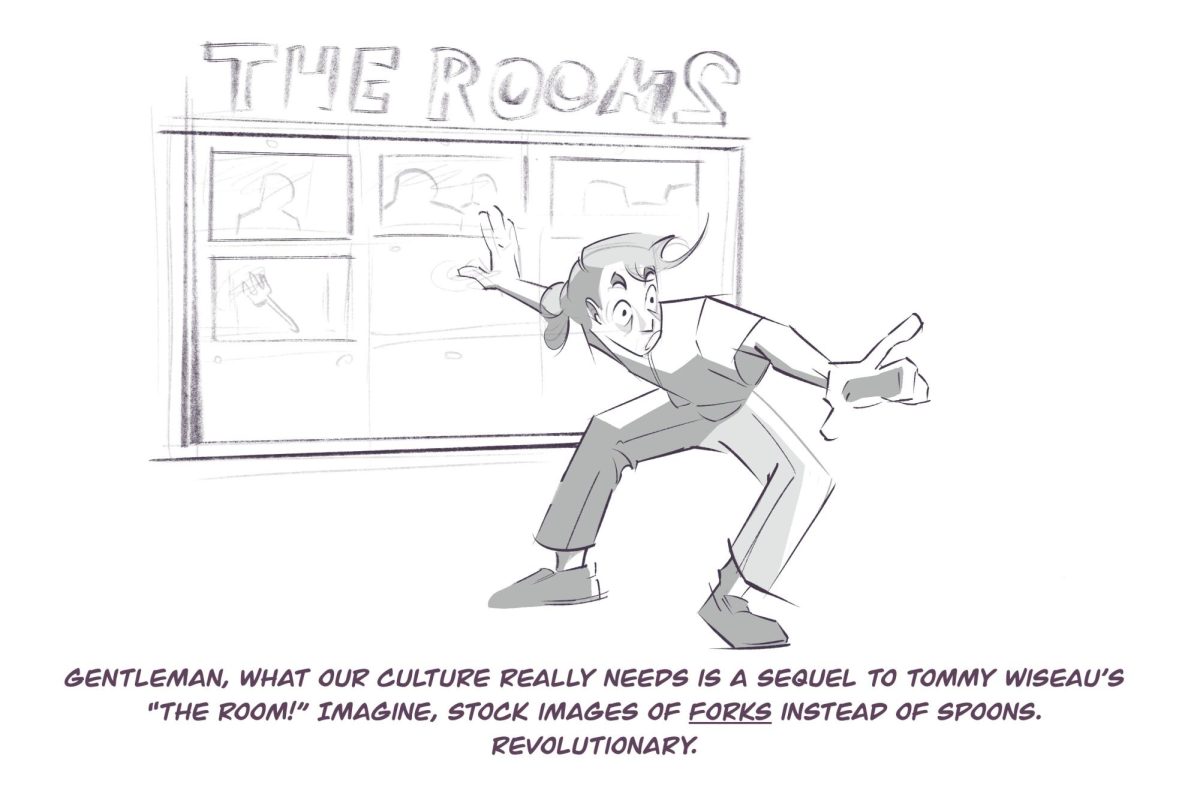Critical Review
By Juan Betancourt
Sports Editor
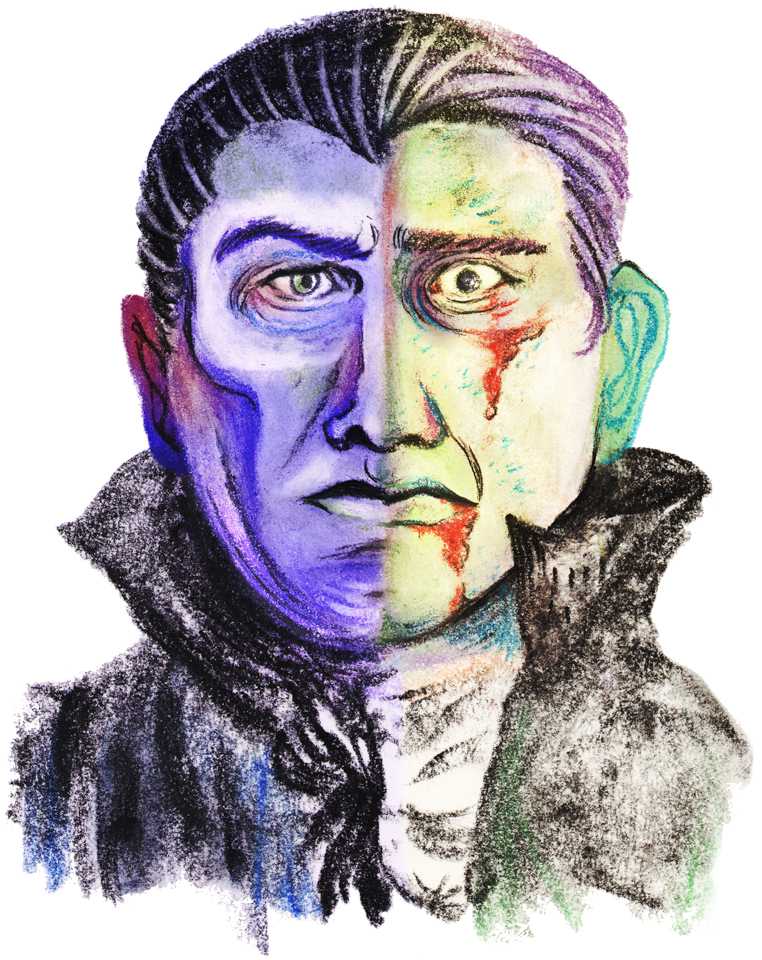
“Dracula,” based on Bram Stoker’s novel of the same name, is one of Universal Studios’ classic monster films. Not only Tod Browning’s English version, but also George Melford’s Spanish version.
The “Dracula” films were released two months apart in 1931 by the same production company. Except for a few additional scenes in the Spanish version and a different cast, both films are exactly alike.
Universal produced both films at the same time, with the same plot, setting and production, according to the DVD commentary.
The English version filmed in the mornings while the Spanish version filmed at night, according to the DVD commentary.
The viewer would think the same set and location means it is the same movie, just in a different language. However, the films are distinct.
In the films, Count Dracula is on the loose in London with a thirst for blood. He meets up with hero, Dr. Van Helsing, who along with his friends, suspects Dracula is a vampire and tries to stop his reign of terror.
In the English film, Bela Lugosi set the standard for playing Dracula. Not only was his acting superior to Carlos Villarías’ (Spanish Dracula), but Browning’s use of lighting made his version more terrifying.
When Lugosi’s Dracula is introduced, it is obvious he is the antagonist. The scene in which he meets his first victim, R.M. Renfield (Dwight Frye), shows how terrifying Dracula is. Renfield is immediately caught under Dracula’s spell and ultimately succumbs to a life of eating flies and worshiping the Count.
When Dracula glares at Renfield, the background turns completely dark. Dracula’s lips are hidden in the shadows as the camera pans to a terrified Renfield.
The same lighting effect is repeated multiple times in the film. Dracula’s eyes hypnotize his victims, resulting in their distorted reality.
Lugosi edges out Villariás because Villariás uses more dialogue to hypnotized his victims while Lugosi relies more on body language to do the trick.
Casting Lugosi as Dracula is perhaps the reason the film overshadows the Spanish version.
The Production Code of the Motion Picture Industry in 1930 limited directors’ use of violent scenes in their films.
Melford was able to avoid the production codes because no rules were set for the Spanish adaptation, according to the DVD commentary.
The code limited Browning in showing murder in his film. Because the code was enforced for the English version, Browning was not allowed to show Dracula’s signature trademark, biting victims.
On the other hand, Melford was allowed more freedom in his production.
Both films show doctors examining one of Dracula’s victims. In Browning’s version, the doctors just talk about the bite marks that were left on the victim; the scene then fades away to the next.
Melford got away with more excessive shots by showing a close-up of the victim’s neck. Another scene the Spanish version has is Van Helsing exposing Dracula’s lack of reflection. Dracula gets furious and destroys the mirror, knowing his secret has been discovered.
The Count’s reaction in Browning’s adaptation is dull by comparison. Dracula sees he has no reflection and just backs away from Van Helsing.
Despite Lugosi being the better Dracula, Melford’s adaptation of the film is the better choice for the viewer.
The lack of censorship being enforced allowed Melford to produce a film with more gore. This allowed Villariás to be a scarier Dracula. Lugosi may have embodied the elegance of the Count, but Villariás captures the raw savageness that defines Dracula.



